You’ve pictured it in your mind a thousand times. The towering peaks of the Andes casting long shadows over ancient ruins. The sun rising over Machu Picchu, painting the clouds gold. The electric buzz of Cusco’s markets as dancers whirl during festival parades.
But here’s the truth—none of it will feel magical if you arrive at the wrong time.
Pouring rain. Closed trails. Missed events. Overbooked hotels. These are all real risks if you don’t plan your timing carefully. That’s why knowing the good time to travel to Peru is more than just smart—it’s essential to crafting the kind of adventure that lingers in your soul long after you return home.
In this guide, you’ll discover when to go for the best weather, the most vibrant festivals, and experiences that feel custom-made just for you. Whether you’re a budget traveler, trekker, foodie, or culture seeker, there’s a perfect season in Peru for your style.
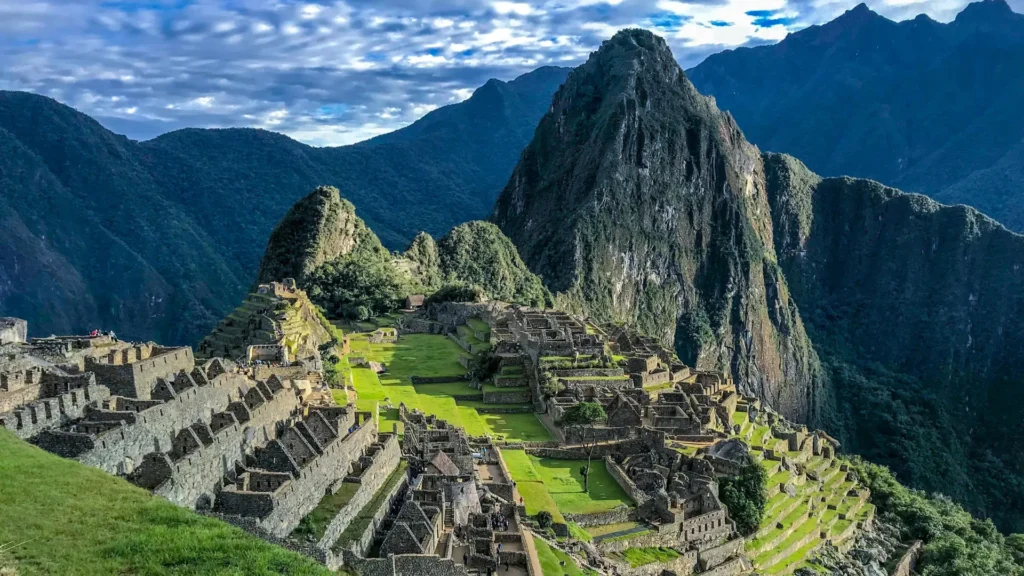
Table of Contents
Understanding Peru’s Climate: One Country, Three Worlds
Peru doesn’t play by simple weather rules. Thanks to its geographical diversity, it’s home to three distinct climate zones—and they each have their own rhythms.
The Coast (La Costa)
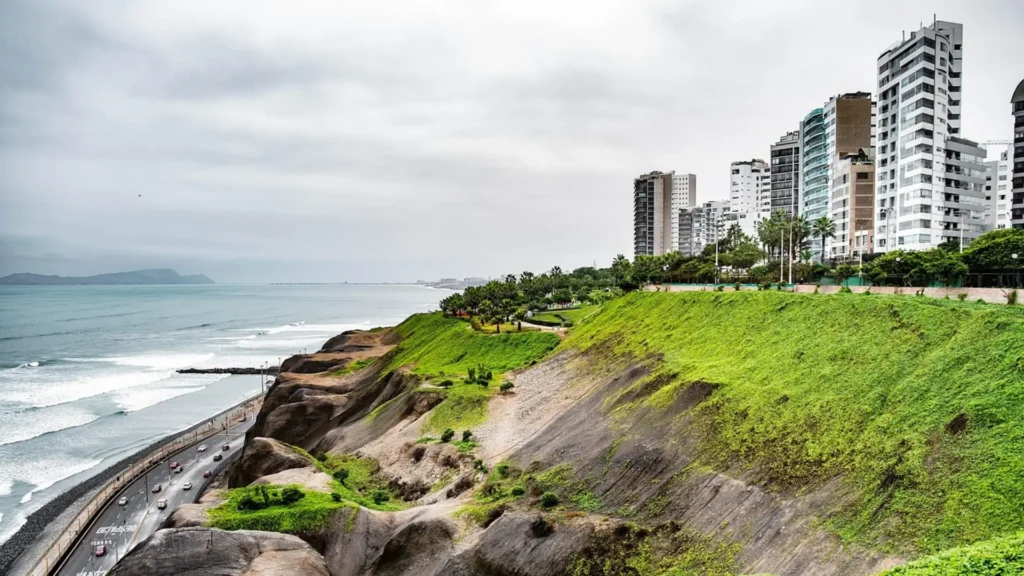
- Regions: Lima, Paracas, Trujillo
- Climate: Dry, warm, and often foggy in winter
- Best time: December to March (summer)
If you’re craving sunshine and seafood, the coast is your friend. While Lima is often blanketed in mist from May to November, it turns bright and beachy during the Southern Hemisphere’s summer.
The Highlands (La Sierra)
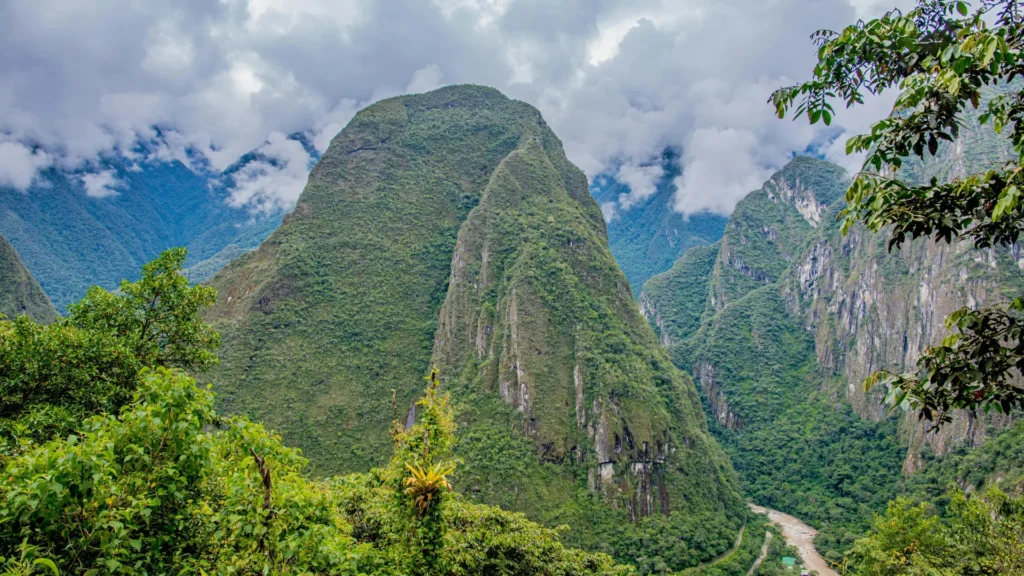
- Regions: Cusco, Arequipa, Sacred Valley, Puno
- Climate: Two clear seasons—dry and wet
- Best time: May to September
This is where you’ll find most of Peru’s iconic landmarks. But the weather here isn’t forgiving year-round. Summer (December–March) brings heavy rain and muddy trails, while the dry season is perfect for trekking and sightseeing.
The Amazon (La Selva)
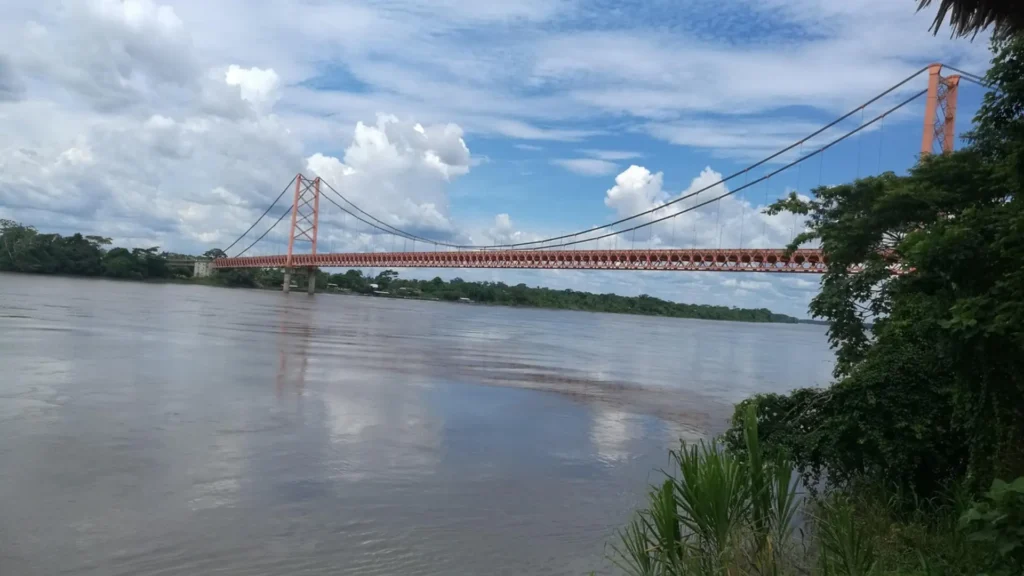
- Regions: Iquitos, Puerto Maldonado, Manu
- Climate: Hot and humid, with rain year-round
- Best time: June to August (relatively drier)
In the jungle, expect heat and high humidity all year. That said, visiting during the drier months makes wildlife spotting easier and river travel more accessible.
Month-by-Month Guide: When Is the Good Time to Travel to Peru?
Here’s a complete look at what each month offers in different regions:
| Month | Coast (La Costa) | Highlands (La Sierra) | Amazon (La Selva) | Travel Tips |
|---|---|---|---|---|
| January | Hot, sunny | Rainy, trails muddy | Very wet | Good for beach lovers; not ideal for hikers |
| February | Peak beach season | Still rainy | Flood risk | Avoid Inca Trail (closed); opt for the coast |
| March | Summer ends | Rain tapers | Still humid | End of shoulder season begins |
| April | Pleasant | Dry season starts | Lush jungle | Excellent for photography, fewer crowds |
| May | Foggy mornings | Peak dry season begins | Drier, better access | One of the best times to visit overall |
| June | Cool and foggy | Sunny and crisp | Ideal for wildlife | High tourist season; book well in advance |
| July | Winter | Clear skies | Comfortable conditions | Perfect for festivals, hikes, and photography |
| August | Mild, grey skies | Dry and vibrant | Stable jungle weather | Great all-around month to explore Peru |
| September | Starts warming | Rains begin slowly | Humid again | Still a solid month for most activities |
| October | Warming, spring-like | Light rains | Rain increases | Less crowded, ideal for budget travelers |
| November | Hotter | Rain picks up | Humid and muddy | Not ideal for treks, but fewer tourists |
| December | Sunny and festive | Start of wet season | High rain chances | Good for cities and coast; festive vibes |
Best Time to Experience Peru’s Festivals and Cultural Events
Nothing captures the soul of Peru like its festivals—colorful, wild, spiritual, and unforgettable. If you want your trip to sync with the country’s cultural heartbeat, here are the top events to catch:
Not-to-Miss Events by Month
- February – Carnaval: Wild water fights, masks, and dancing from Cajamarca to the jungle. (Plan early.)
- May/June – Corpus Christi & Inti Raymi: Cusco lights up with pageantry honoring saints and the sun.
- July 28–29 – Fiestas Patrias: Peru’s Independence Day; a time of parades, concerts, and national pride.
- October – Señor de los Milagros: Lima’s streets fill with purple-robed pilgrims in Latin America’s largest Catholic procession.
- December 24 – Santuranticuy Fair: The Plaza de Armas in Cusco transforms into a sprawling artisan market.
Pro tip: Some of these festivals attract huge crowds. If you’re going during Inti Raymi or Fiestas Patrias, book flights and hotels months in advance.
Aligning Your Travel Style with Peru’s Seasons
The good time to travel to Peru isn’t the same for everyone. It depends on what you want most.
Best for Hikers and Trekkers
- Ideal Months: May–September
- Why: Clear skies, dry trails, stunning vistas
- Top Treks:
- Inca Trail (permits sell out 6 months in advance)
- Salkantay Trek
- Ausangate Circuit
Best for Budget Travelers
- Best Deals: February, March, and October
- What You Get:
- Discounted flights and hotels
- Smaller crowds
- Flexible tour availability
Best for Wildlife Enthusiasts
- Prime Time: June–August
- Regions: Tambopata, Manu, Iquitos
- Why: Lower river levels mean better animal visibility
Best for Foodies
- Highlights:
- Summer (December–March): Ceviche season at its peak
- October: Mistura Food Festival (check for annual dates)
- What to Taste:
- Anticuchos (grilled heart)
- Lomo saltado
- Picarones (Peruvian donuts)
High Season vs. Low Season: When to Avoid the Crowds
Timing your visit smartly can mean the difference between having Machu Picchu to yourself or battling selfie sticks.
High Season: June to August
- Dry, sunny weather
- Overbooked hotels and flights
- Inca Trail permits scarce
- Prices spike by 30–50%
Low Season: January to March
- Wet in the Andes
- Fewer tourists
- Great deals on accommodations
- Some treks inaccessible
Travel Hack: Consider visiting in April or October—shoulder months that offer great weather, lower prices, and fewer tourists.
How to Choose the Right Time for Your Trip
Still unsure? Here’s a simple checklist to help you narrow it down.
Travel Planning Checklist
- Prioritize: Weather, budget, festivals, or hiking
- Choose your base region (Coast, Andes, Amazon)
- Check climate by month
- Align with festivals if interested
- Book early for high season
- Prepare for altitude (especially in Cusco and Puno)
- Confirm if treks like the Inca Trail require permits
Conclusion:
Peru isn’t just a place—it’s a tapestry of landscapes, flavors, and stories waiting to unfold before you. But timing is everything.
Choose your good time to travel to Peru wisely, and you’ll experience the country at its richest—when the sun shines on your hikes, when the music fills the streets, and when every bite of food feels like a revelation.
Don’t leave your dream to chance. Plan intentionally. Go when it matters. And let Peru change the way you see the world.
FAQ : Good Time to Travel to Peru
What is the absolute best time to visit Peru?
For most travelers, May to August offers the best blend of good weather, festival access, and trekking opportunities.
Is it OK to travel to Peru in the rainy season?
Yes, especially along the coast or if you’re not hiking. Just pack waterproof gear and be flexible with plans.
When is the Inca Trail open?
It’s closed every February for maintenance. Permits are limited—reserve 4–6 months in advance for May–August.
What is the cheapest time to travel to Peru?
February and March are generally the most affordable. Just be aware of rain in the highlands.
Can I visit all three regions in one trip?
Yes, but you’ll need 2–3 weeks and careful planning. Consider flying between major destinations to save time.


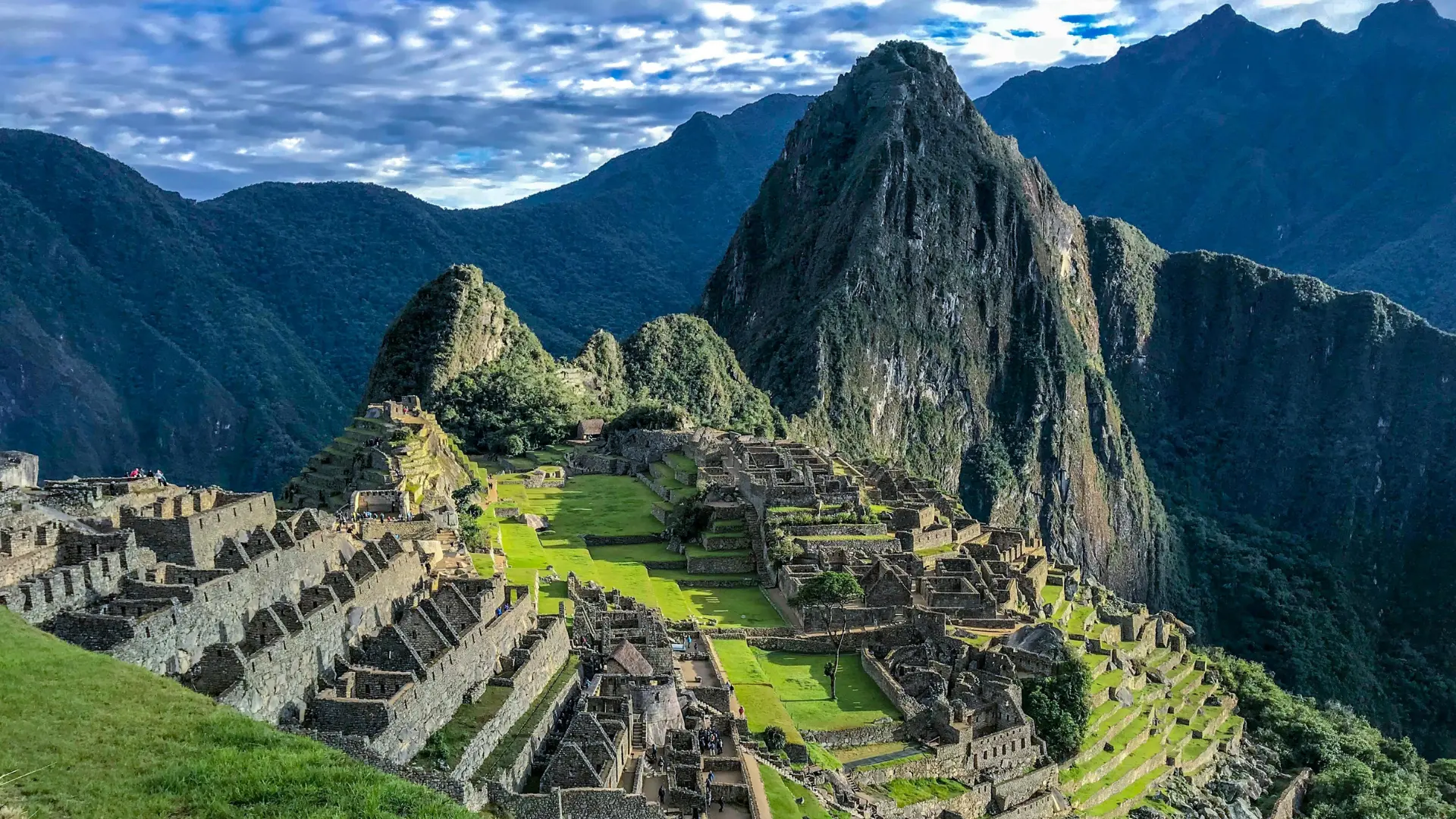

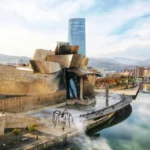

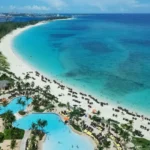
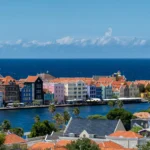
Leave a Reply